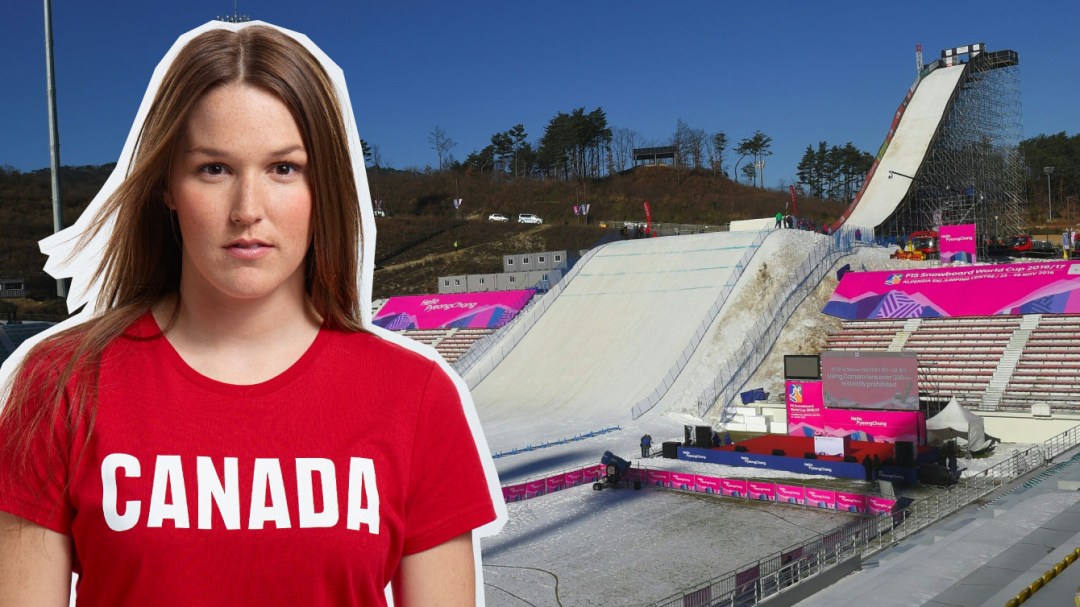Snowboard: Big Air 101 with Spencer O’Brien
Before big air debuts at PyeongChang 2018, here’s a sneak peak from the Olympic test event in Alpensia.
Spencer O’Brien gave snowboard fans a tour of the big air venue with Olympic.org, ahead of the test event from November 25-26. Not only did viewers get an up-close look at the ramp, but insider knowledge on the Games’ newest event. Here’s what you need to know:
The venue
Alpensia ski jumping center
Big air takes place on a large steep ramp, usually built on scaffolding, however PyeongChang 2018 will be different because it’s built on a ski jump hill. There are several benefits of this setup according to the X Games champion, including a bigger jump, steeper drop in and softer landing for riders.
How the competition works
Qualifying for the final
Each rider competes solo, with the goal of producing the best jump in the eyes of the judges. In the qualifying rounds athletes get two jumps, with their best score counting towards advancing to the final. Each finalist takes three jumps, with their best two runs counting towards their overall score.
International winter competitions coming to Canada
The trick
Frontside, backside, cab and switch
After dropping in riders takeoff into a trick which includes a combination of five concepts: rotation, direction of rotation, inverts (flips), grabs and stance.
Rotation is a huge factor in a rider’s overall score and is measured in degrees. Increments of 180 degrees are used for each half turn, which means a 1440 is equal to four spins. Riders also add a variety of grabs and flips to help increase their potential score.
In the final snowboarders are required to perform a jump in both their “switch” and “natural” stance. This forces finalists to drop in or land on both their dominant and non-dominate side, which O’Brien compares to having baseball players bat on their opposite side.
Watch O’Brien’s tour of the PyeongChang 2018 big air jump here
What judges look for
Degree of difficulty, amplitude, execution and landing
Using a 100-point scale, judges score each run based on difficulty, amplitude, execution, and landing. Deductions are made for minor faults like a hand dragging in the snow and major infractions like missing a landing.
The Olympic test event will kick-off with the men’s qualification rounds on Thursday, followed by the women’s qualifying round and both event finals on Friday.




